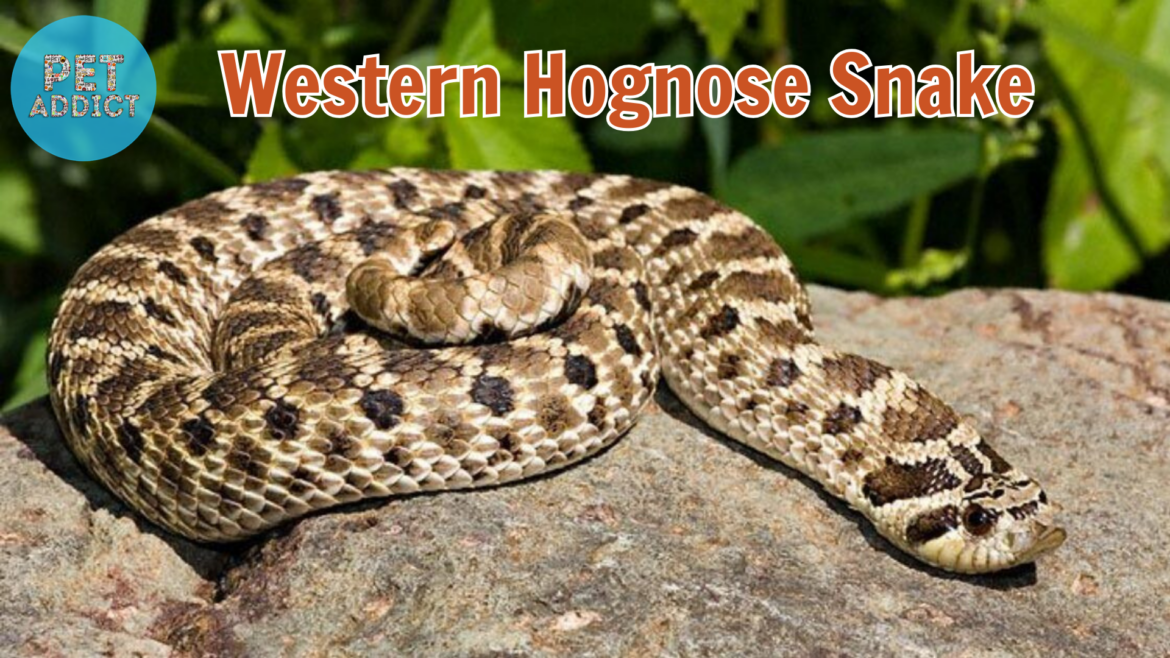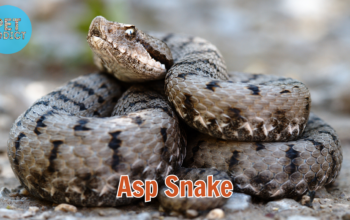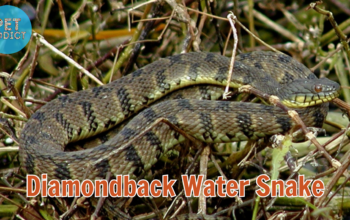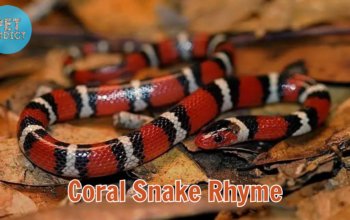In the world of serpents, one species stands out for its unique appearance and remarkable behavior – the Western Hognose Snake (Heterodon nasicus). This charming reptile, native to North America, has earned a reputation as a master of deception and adaptation. In this article, we will uncover the fascinating world of the Western Hognose Snake, exploring its appearance, behavior, habitat, and its intriguing defense mechanisms.
PetAddict.net – The best place where you can find everything about your pet!
Physical Characteristics
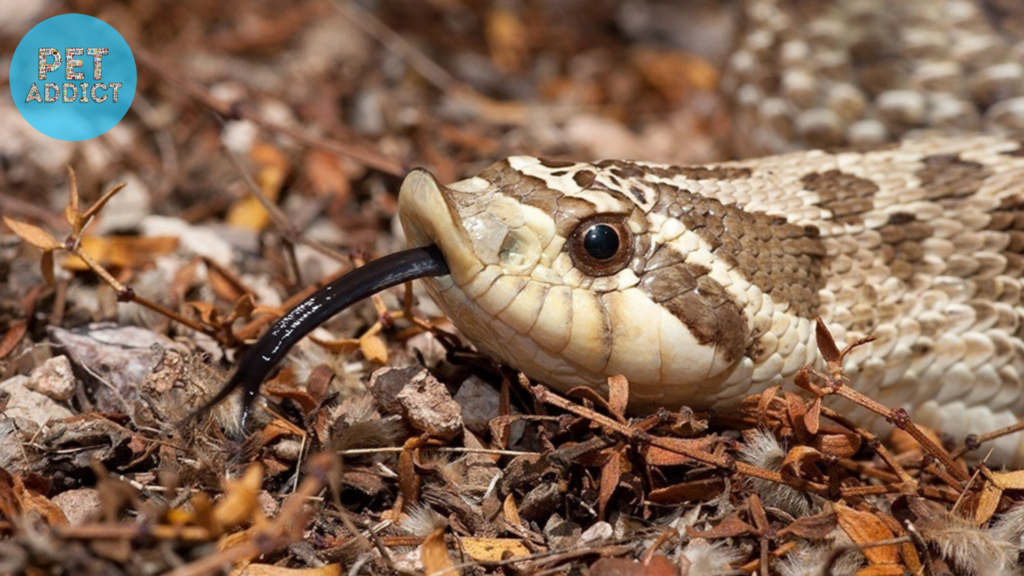
The Appearance of the Western Hognose Snake
The Western Hognose Snake boasts several distinctive features that set it apart from other snake species:
- Upturned Snout: One of its most striking characteristics is its upturned snout, which gives it a distinct hog-like appearance, hence the name “Hognose.”
- Coloration: Western Hognose Snakes exhibit a range of colors, including brown, gray, and reddish-brown. Their backs are adorned with a series of dark blotches or bands.
- Size: Adult Western Hognose Snakes typically measure between 14 to 24 inches (36 to 61 cm) in length, although some individuals may grow larger.
- Venomous: While they possess venom, Western Hognose Snakes are considered harmless to humans. Their venom is primarily used for subduing their prey, which consists of small mammals, amphibians, and reptiles.
Behavior and Diet
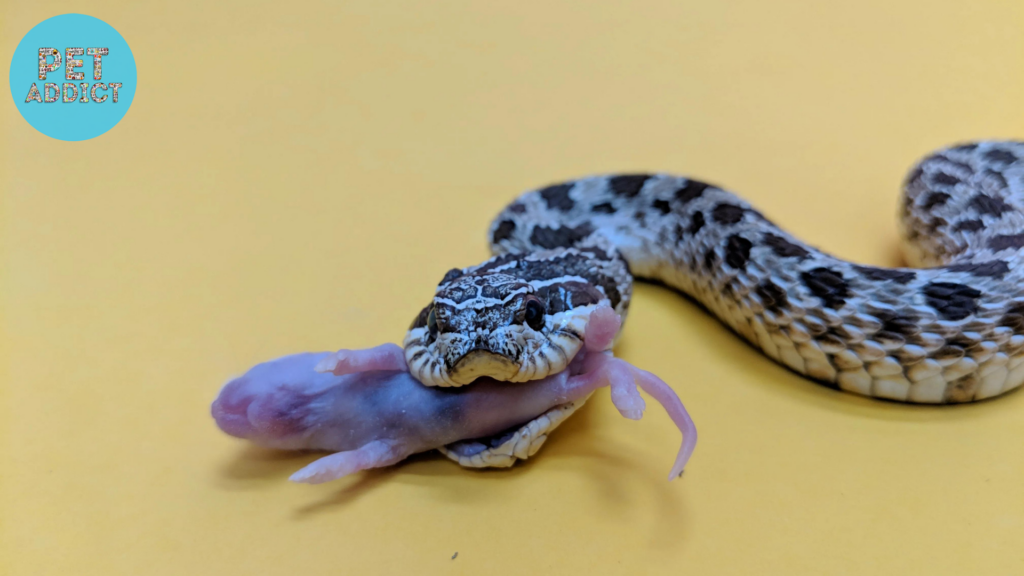
The Habits and Dietary Preferences of Western Hognose Snakes
- Diet: Western Hognose Snakes are primarily carnivorous and feed on a variety of prey, including toads, frogs, salamanders, lizards, and small rodents.
- Habitat: These snakes are well-adapted to a variety of habitats, including grasslands, deserts, and woodlands. They are often found in areas with loose, sandy soils.
- Defense Mechanisms: Western Hognose Snakes are known for their elaborate defense tactics. When threatened, they may:
- Hiss Loudly: They emit a loud hissing sound and puff up their bodies to appear larger and more intimidating.
- Feign Death: If their hissing and puffing fail to deter a threat, Western Hognose Snakes may flip onto their backs, open their mouths, and stick out their tongues, appearing as if they are dead. This behavior often confuses predators, as they believe the snake is no longer a threat.
- Strike with a Closed Mouth: While Western Hognose Snakes have fangs and venom, they rarely bite humans. When they do, they usually deliver a “dry bite” without injecting venom.
Habitat and Range

Preferred Environments and Geographic Range
Western Hognose Snakes are highly adaptable and can be found in various environments:
- Habitat: They are commonly found in grasslands, sandy deserts, prairies, and woodlands. They are skilled burrowers and often seek refuge underground.
- Range: Western Hognose Snakes are native to North America, with a range extending from Canada to Mexico. They are particularly prevalent in the central and western United States.
Conservation Status
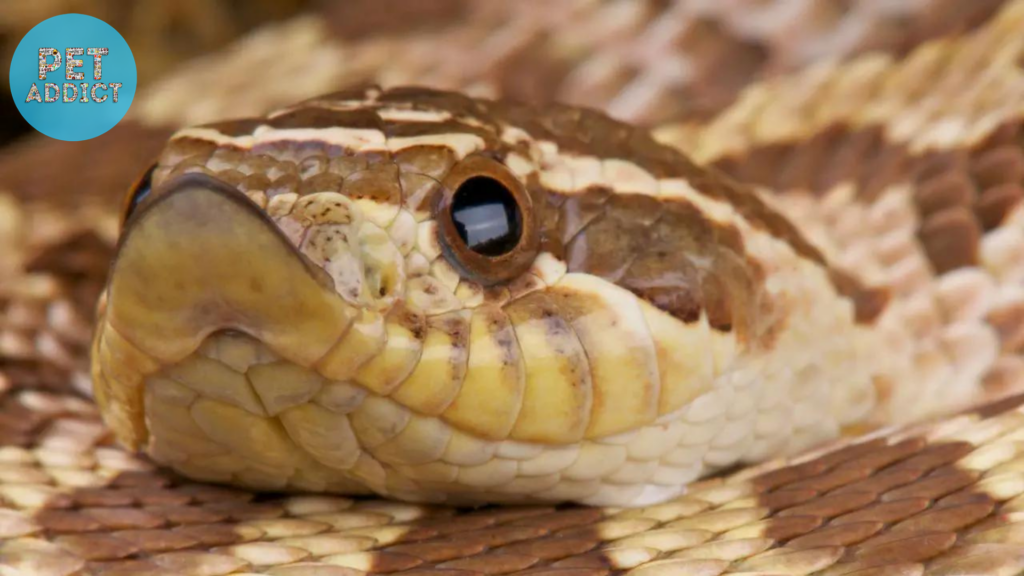
The Conservation Status of Western Hognose Snakes
As of my last knowledge update in September 2021, Western Hognose Snakes are not listed as a threatened or endangered species. However, like many reptiles, they face potential threats to their populations, including habitat destruction due to urbanization and agriculture. It’s essential to monitor their populations and habitats to ensure their continued well-being.
Interaction with Humans
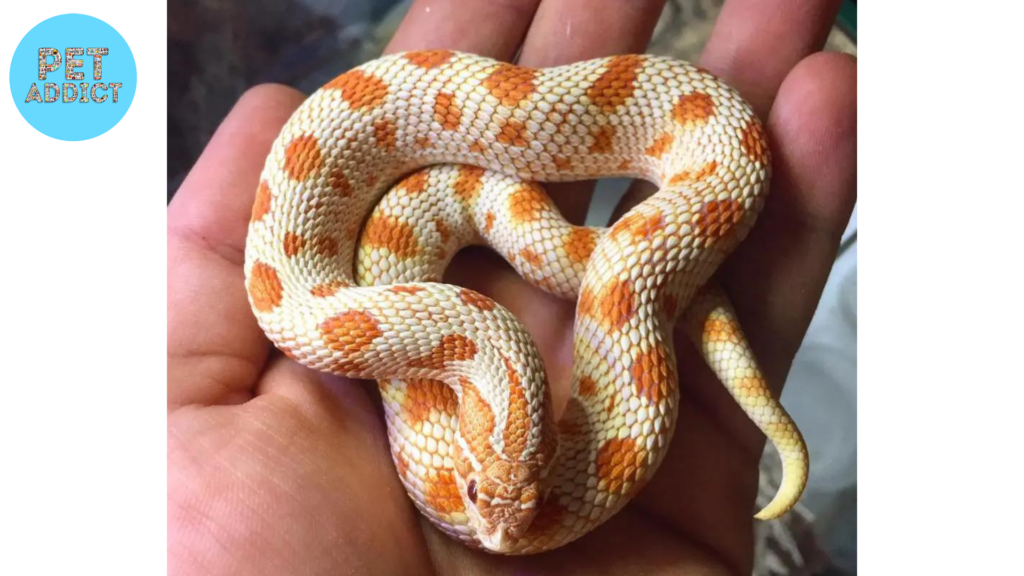
Western Hognose Snakes and Human Encounters
Western Hognose Snakes are generally docile and non-aggressive towards humans. They are often kept as pets due to their unique appearance and manageable size. However, it’s essential to remember that wild snakes should not be collected or kept as pets without proper permits and knowledge of their care requirements.
In conclusion
The Western Hognose Snake is a captivating reptile known for its distinctive features and intriguing behavior. Its remarkable defense mechanisms and adaptability in various environments make it a true survivor in the natural world. By appreciating and respecting these snakes and their habitats, we can contribute to the conservation of this enigmatic species.

